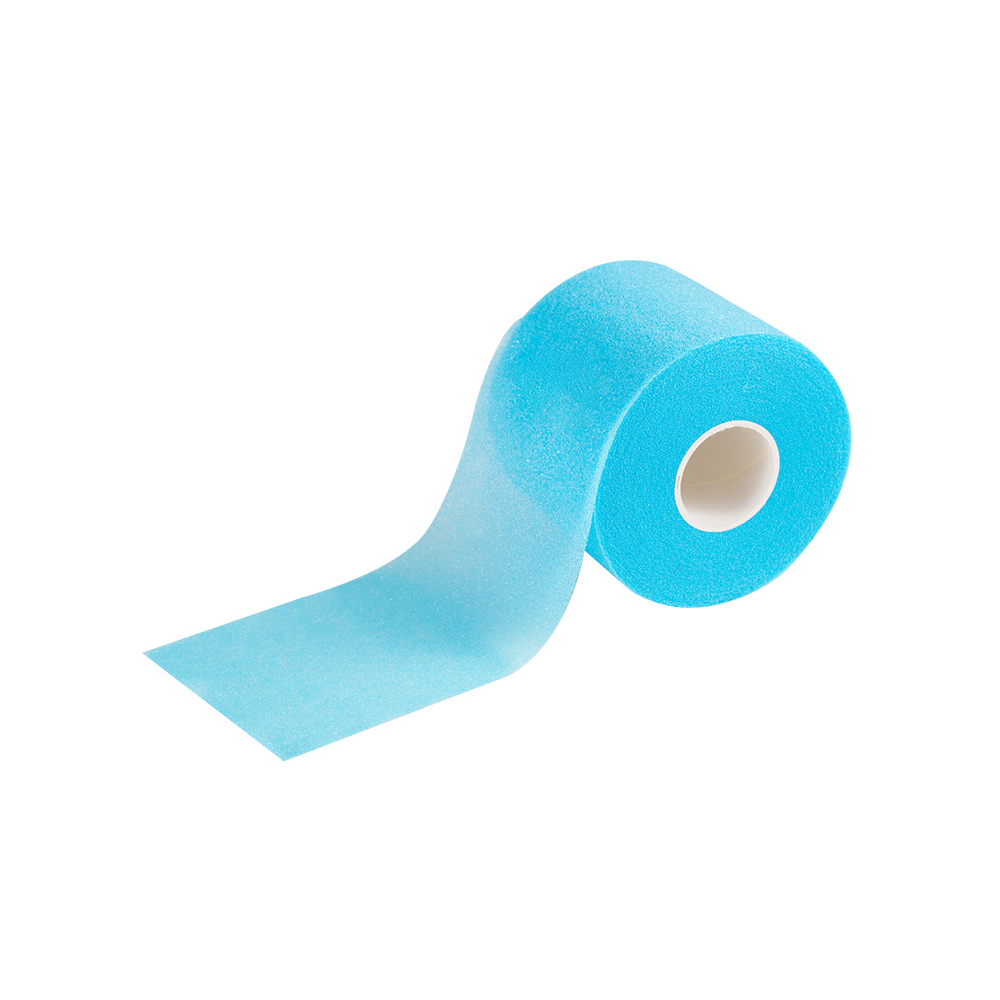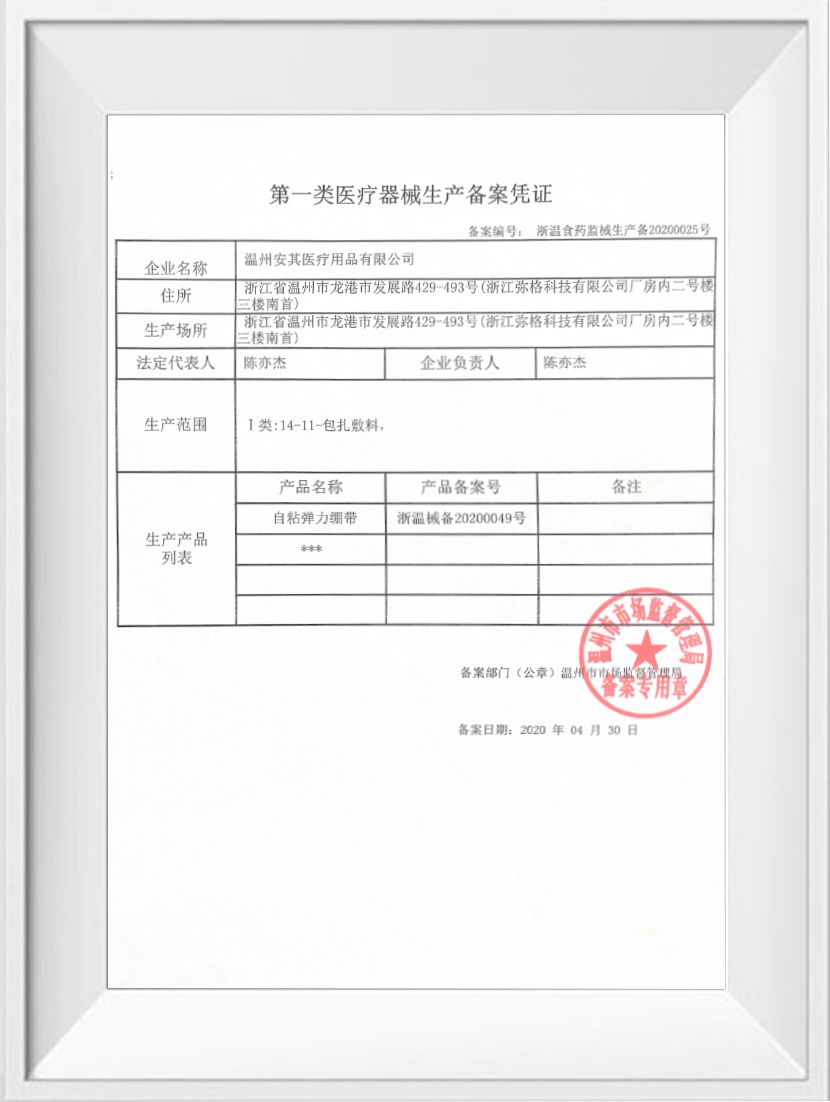Web Menu
Product Search
Exit Menu
We provide quality products and services to customers from all over the world.
Sizes of Self-Adhesive Bandage
Self-adhesive bandages are versatile medical supplies widely used for wound care, sports injuries, and post-surgical support. Their ability to adhere to skin without additional tape or fasteners makes them convenient for both medical professionals and home use.

Types of Self-Adhesive Bandages
1. Elastic Cohesive Bandages
Elastic cohesive bandages stick to themselves but not to the skin or hair.
Key Features:
Provides flexible support for joints and muscles.
Suitable for sprains, strains, and minor injuries.
Available in rolls for adjustable length and coverage.
Elastic cohesive bandages are commonly used in sports medicine and aid kits, providing compression without the need for clips or fasteners.
2. Non-Elastic Adhesive Bandages
Non-elastic adhesive bandages offer firm support and stabilization.
Key Features:
Provides secure coverage for immobilizing injured areas.
Less flexible than elastic types, ideal for structured support.
Often used on fingers, toes, or minor fractures.
These bandages are suitable for situations where rigid support is required and minimal stretching is preferred.
3. Adhesive Tape Bandages
Adhesive tape bandages consist of a sticky surface combined with a protective pad.
Key Features:
Simple to apply for small cuts, abrasions, or puncture wounds.
Provides a protective barrier against dirt and bacteria.
Often available in pre-cut strips for convenience.
They are commonly used in aid for minor injuries and are ideal for home or travel use.
4. Self-Adhesive Compression Bandages
These bandages combine elasticity with moderate compression.
Key Features:
Supports muscles and joints while controlling swelling.
Can be adjusted to achieve desired pressure.
Often used post-surgery, for edema, or sports-related injuries.
Self-adhesive compression bandages are popular in physiotherapy and rehabilitation settings due to their adjustable pressure and ease of application.
5. Finger and Toe Bandages
Specialized small self-adhesive bandages are designed for fingers and toes.
Key Features:
Compact and easy to wrap around digits.
Provides protection without restricting movement.
Can be used for minor cuts, blisters, or sprains.
These bandages are essential for precise coverage in hard-to-wrap areas, ensuring comfort and stability.
Sizes of Self-Adhesive Bandages
Self-adhesive bandages come in various widths and lengths to accommodate different needs and injury types.
1. Narrow Bandages (1–2.5 cm)
Characteristics:
Ideal for small cuts, finger or toe injuries, and minor abrasions.
Easy to apply in tight spaces.
Convenient for aid kits or portable use.
Narrow bandages provide precise coverage while allowing flexibility and movement.
2. Medium Bandages (5–7.5 cm)
Characteristics:
Suitable for wrists, ankles, elbows, and knees.
Can provide moderate compression and support.
Versatile for sports injuries and minor swelling control.
Medium-width bandages are commonly used in both medical and athletic settings.
3. Wide Bandages (10 cm or more)
Characteristics:
Designed for larger areas, such as thighs, upper arms, or torso.
Offers uniform support and coverage.
Ideal for post-surgery or significant injuries requiring stability.
Wide bandages are effective for larger injuries or when extended support is necessary.
4. Pre-Cut or Rolled Bandages
Some self-adhesive bandages are sold in rolls that can be cut to the desired length.
Key Features:
Customizable for varying wound sizes and body parts.
Allows multiple applications from a single roll.
Reduces waste and ensures precise coverage.
Pre-cut bandages provide convenience and adaptability for different situations.
Uses of Self-Adhesive Bandages
Wound Protection: Shields cuts, abrasions, and puncture wounds from dirt and infection.
Compression and Support: Helps manage swelling, sprains, and minor injuries.
Post-Surgical Care: Provides gentle support and stabilization for recovery.
Sports Injuries: Supports muscles, joints, and tendons during activity.
Everyday Use: Convenient for minor cuts, blisters, and scrapes in home or travel kits.
Considerations When Choosing a Self-Adhesive Bandage
Injury Size and Location: Select width and length based on the affected area.
Compression Needs: Choose elastic or compression bandages for swelling and support.
Skin Sensitivity: Opt for hypoallergenic materials if the skin is sensitive.
Flexibility: Consider whether mobility or rigid support is needed.
Ease of Use: Self-adhesive properties simplify application without additional fasteners.
Keep In Touch
No.455 New Town Development Road,Longgang City, Wenzhou City
Copyright © Wenzhou Anqi Medical Supplies Co., Ltd. All Rights Reserved.
Approval No: Zhejiang Wenzhou Food and Drug Administration Machinery Production Filing No. 20200025
The information provided on this website is intended for use only in countries and jurisdictions outside of the People's Republic of China.

 English
English русский
русский 中文简体
中文简体 Español
Español Deutsch
Deutsch عربى
عربى

